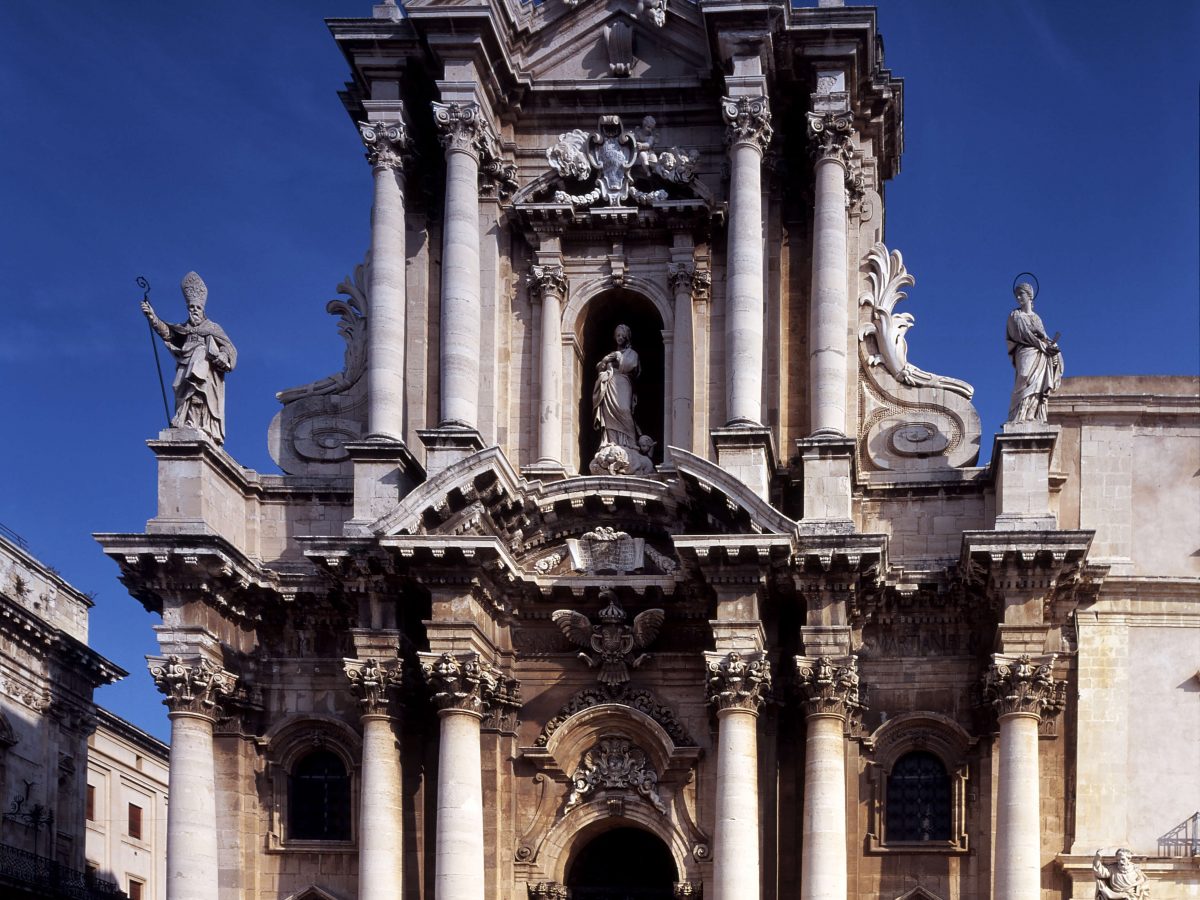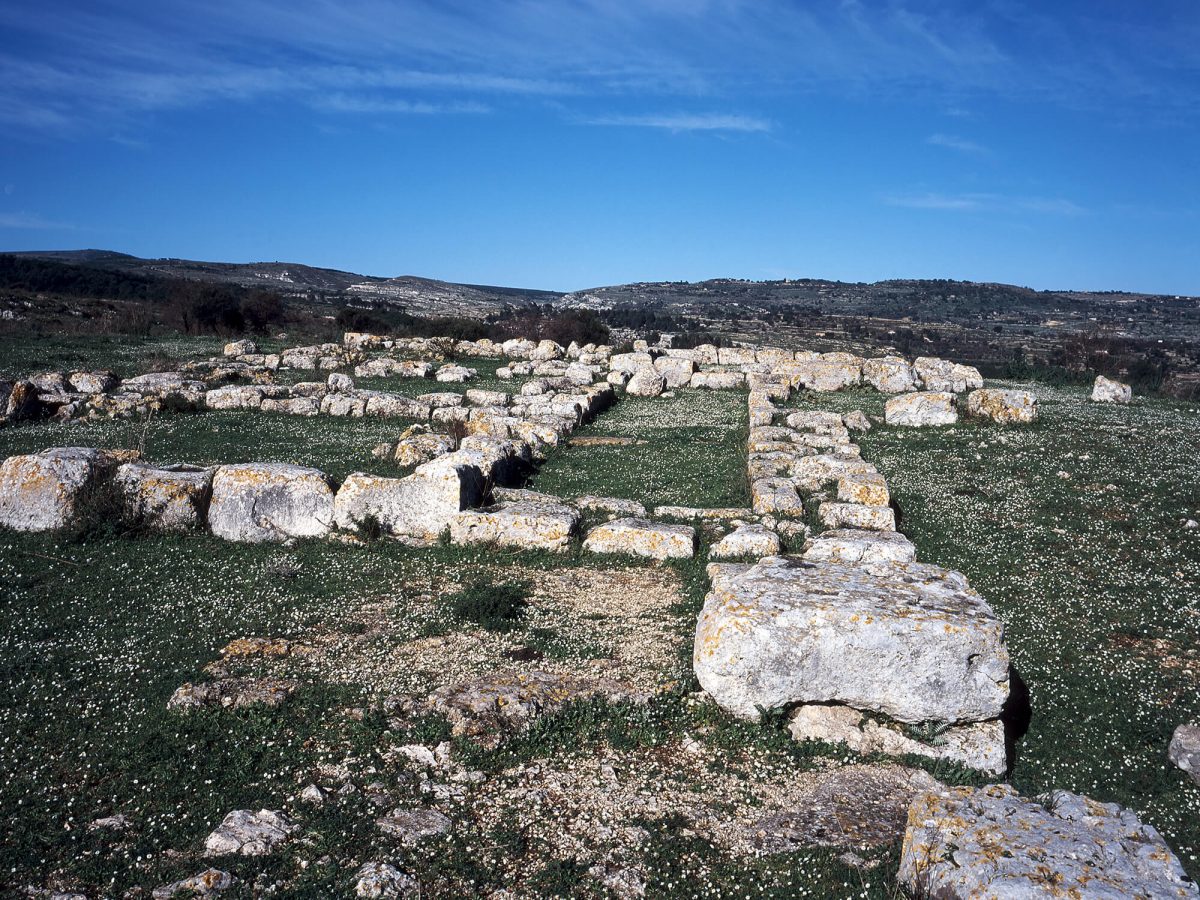The site of Syracuse and the Rocky Necropolis of Pantalica on the Mediterranean coast of south-eastern Sicily consists of two separate elements, the historic town of ancient Syracuse and the Necropolis of Pantalica. Together these two components form a unique cultural record that bears a remarkable testimony to Mediterranean cultures from the time of the ancient Greek.
The historic town of ancient Syracuse consists of Ortygia, the historic centre of the city, and today an island that has been inhabited for around 3000 years, and the archaeological area of the Neapolis. Syracuse, the second Greek colony in Sicily was founded by the Corinthians in 743 A.D and described by Cicero as ‘the greatest Greek city and the most beautiful of all’. Syracuse or ‘Pentapolis’ was constructed in five parts, still visible today of which Ortygia is the base of all urbanistic and architectonic developments of successive eras. This area of the property contains traces of the temple of Apollo made in Doric style and the most ancient in Western Greece(6th century B.C.E.), and the temple of Athena, erected for the victory of Gelone over the Carthaginians in 480 A.D., re-used as a church from 6th century C.E. and rebuilt as a Baroque cathedral, in the late 17th century. The Neapolis contains the archaeological remains of sanctuaries and impressive complexes, a theatre, the Latomies, the so-called Tomb of Archimedes and the amphitheatre. Many structures attest to the continuing development of the city through Roman times, from the Byzantines to the Bourbons, interspersed with the Arabo-Muslims, the Normans, Frederick II of the Hohenstaufen dynasty (1197–1250), the Aragons and the Kingdom of the Two Sicilies.
The Necropolis of Pantalica is a rocky outcrop located 40 km. away from Syracuse that contains over 5,000 tombs cut into the rock near open stone quarries. The tombs are spread along a spur over 1200m northeast to southwest and 500m northwest to southeast and most date from the 13th to 7th centuries BC. Associated with the tombs are the remains of dwellings dating from the period of Greek colonisation and other vestiges of the Byzantine; notably the foundations of the Anaktoron (Prince’s Palace).
The cultural, architectural and artistic stratification evident in the Syracuse/Pantalica ensemble bears exceptional testimony to the history and cultural diversity of the Syracuse region over three millennia from the ancient Greek period to the Baroque.


